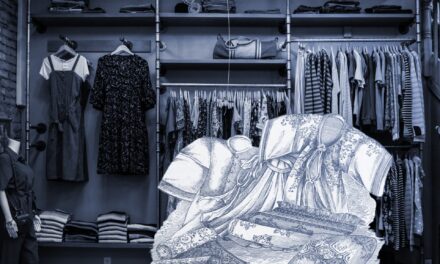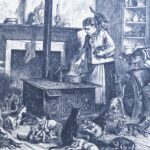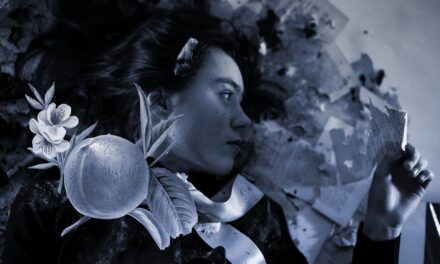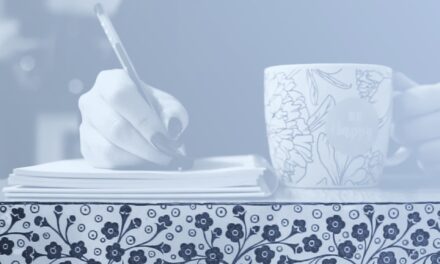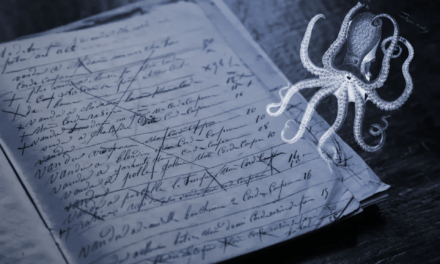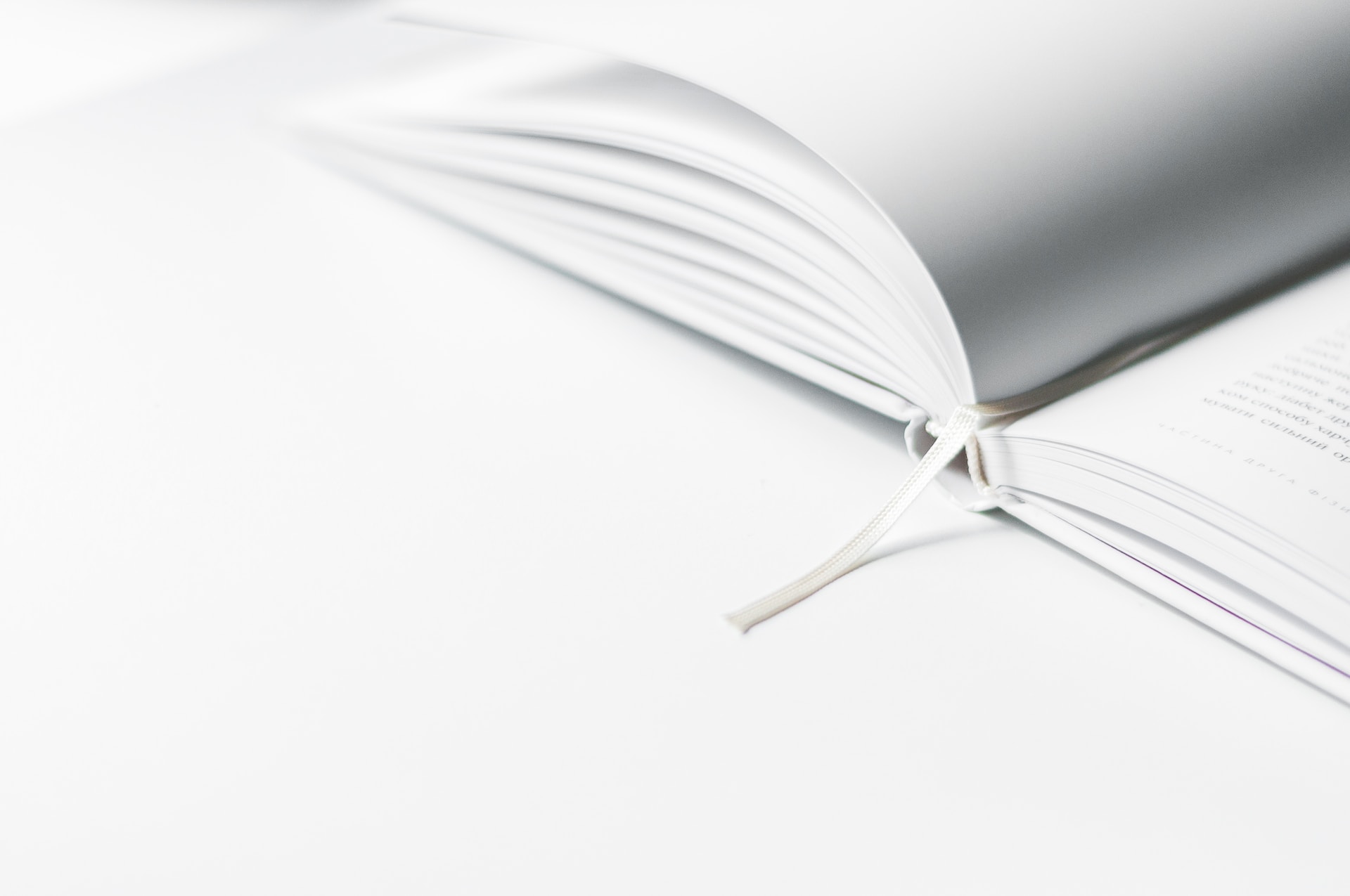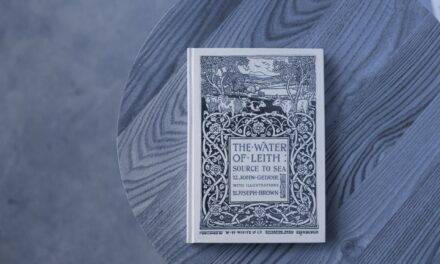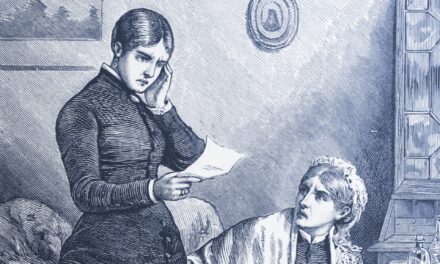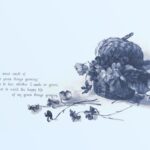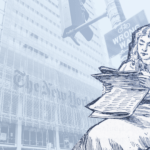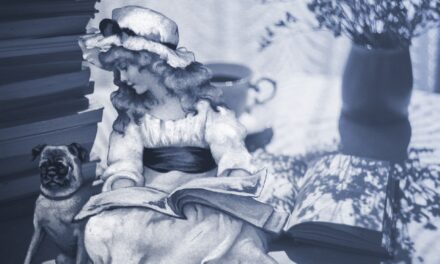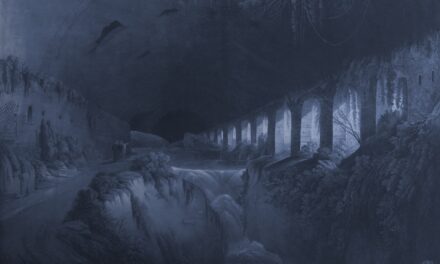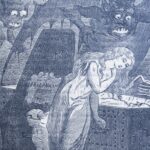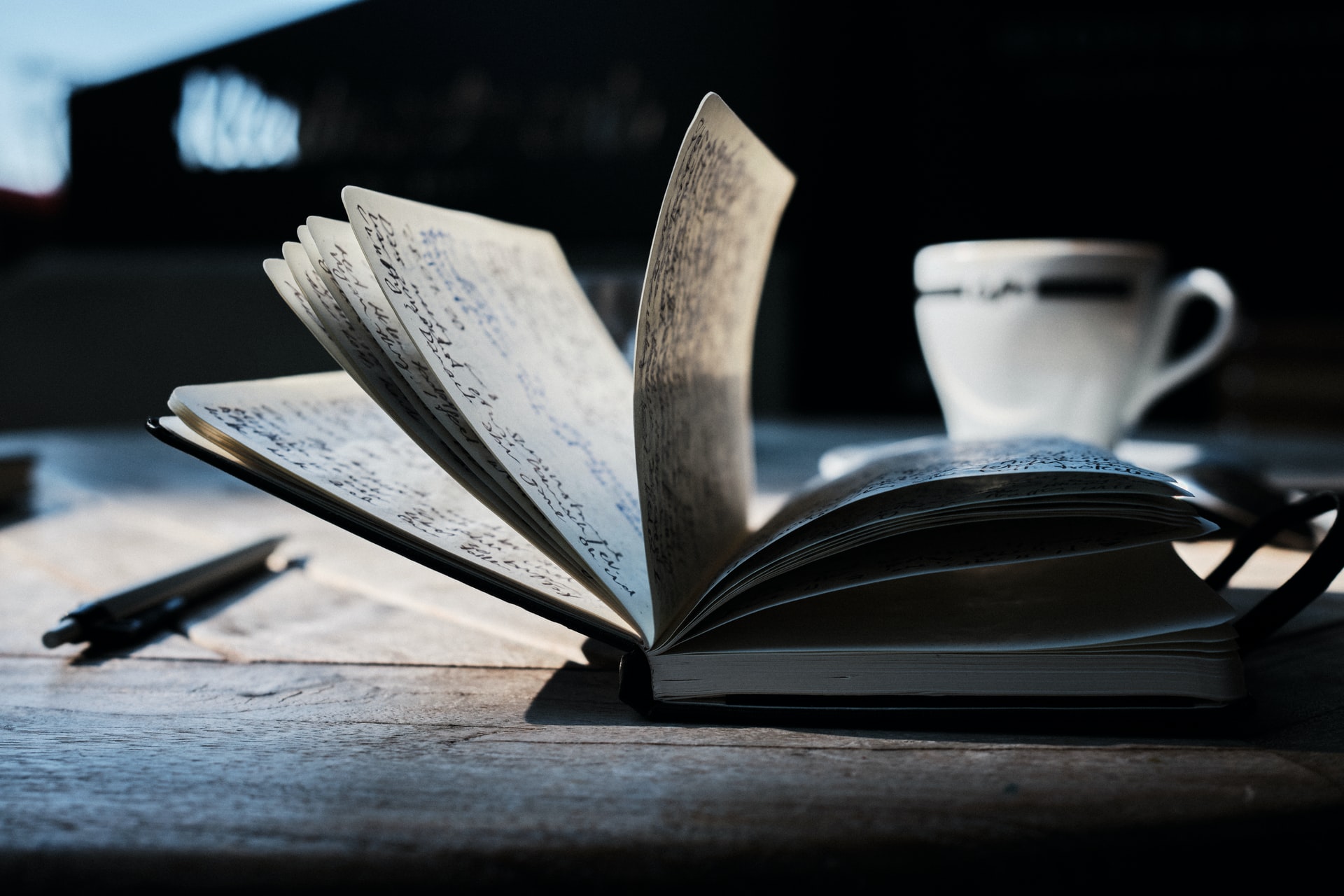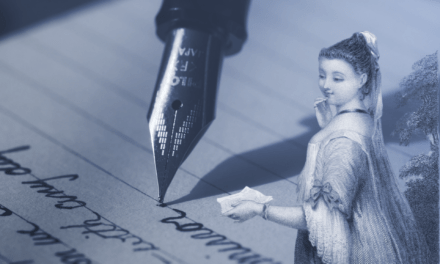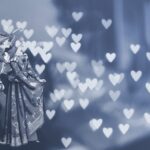
Do I need to describe my character’s clothes?
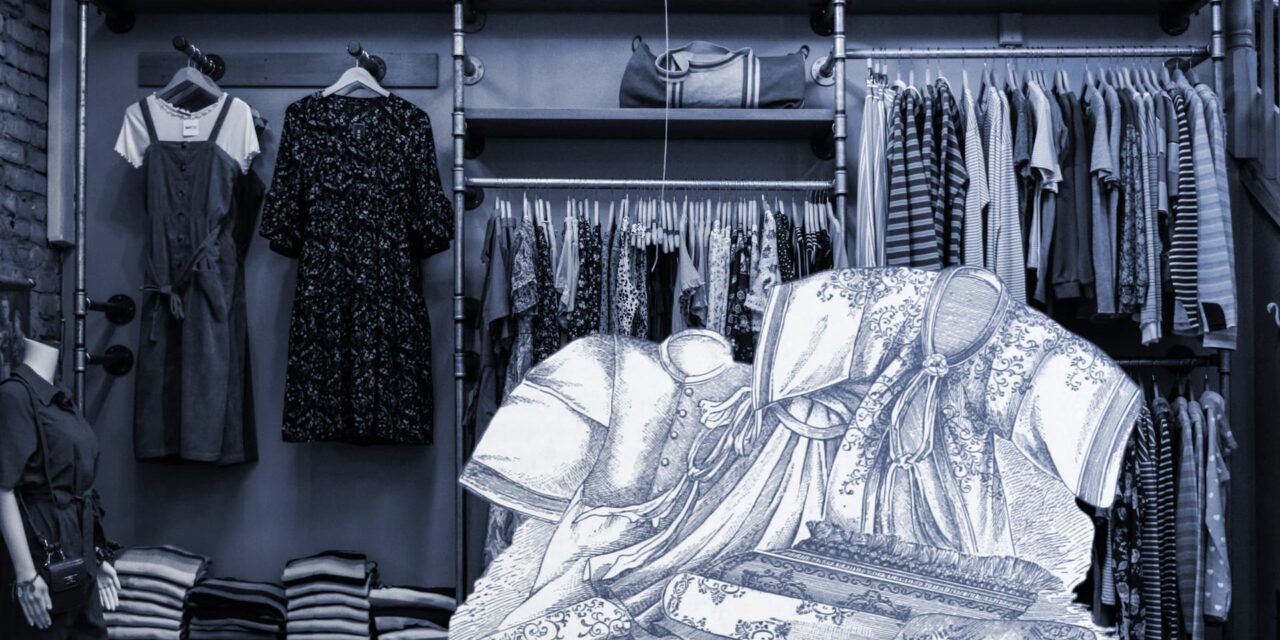
“Weird question here: do I need to describe my character’s clothes? Obviously I need to if it’s important to the story or setting (if they’re wearing a beautiful ruby gown at a ball, or maybe dirty and torn to indicate a fight) but just on a normal day? Do readers need to know what characters are wearing?”
As writers, we often get caught up in the details of our characters. We describe everything from their eye colour to their favourite breakfast cereal, and it can be so easy to go overboard with unnecessary description. Describing a character’s clothes is a danger zone for too much description. It’s incredibly easy to get lost in the minutiae and forget the most important element when writing for readers; will they find this interesting?
The short answer
No, you don’t need to describe every piece of clothing your characters wear throughout your story. Like all elements of writing, clothing descriptions should serve a purpose.
Just like clothing in real life, descriptions of a character’s clothes serve a function. This means that your chose in when to describe things should be intentional; usually for the purposes of character development, world-building, setting a mood, social commentary, plot advancement, or symbolic representation.
When should you describe clothing?
Every plot is different, but there are some key moments in a story when knowing what a character is wearing or how they are dressed could be important:
- When it reveals a character’s personality or status (e.g. do they favour muted tones or bright, bold colours? Do their clothing choices signify wealth?).
- During important story moments or turning points if it highlights that moment’s significance (e.g. wearing black at a funeral, or an academic gown at graduation).
- If the clothing affects the plot or action (e.g. Cinderella losing her glass slipper).
- When establishing the time period or setting (e.g. historically appropriate clothing descriptions to put readers into the right headspace to appreciate your setting).
- If it shows a significant change in the character (e.g. a shy character who likes to blend in suddenly switching to bright colours to display their newfound confidence).
- When it symbolises something deeper in the narrative (e.g. a meaningful piece of jewellery, or a bride wearing her mother’s dress for her wedding).
When should you skip clothing descriptions?
Readers don’t need to know what your character is wearing at every moment of every day. The best way to think about it is, if it’s not important to the story, don’t describe it in detail. Usually it’s enough to know that someone is wearing a jumper on an overcast day, and it won’t actually enhance the scene to know it’s a plain black one. Here are some moments when it’s probably not all that important to go into too much detail:
- During routine daily activities.
- When the outfit doesn’t add meaning to the scene.
- If it interrupts the flow of important action.
- When it feels like “outfit cataloging” rather than storytelling.
- If you’re describing clothes just to fill space.
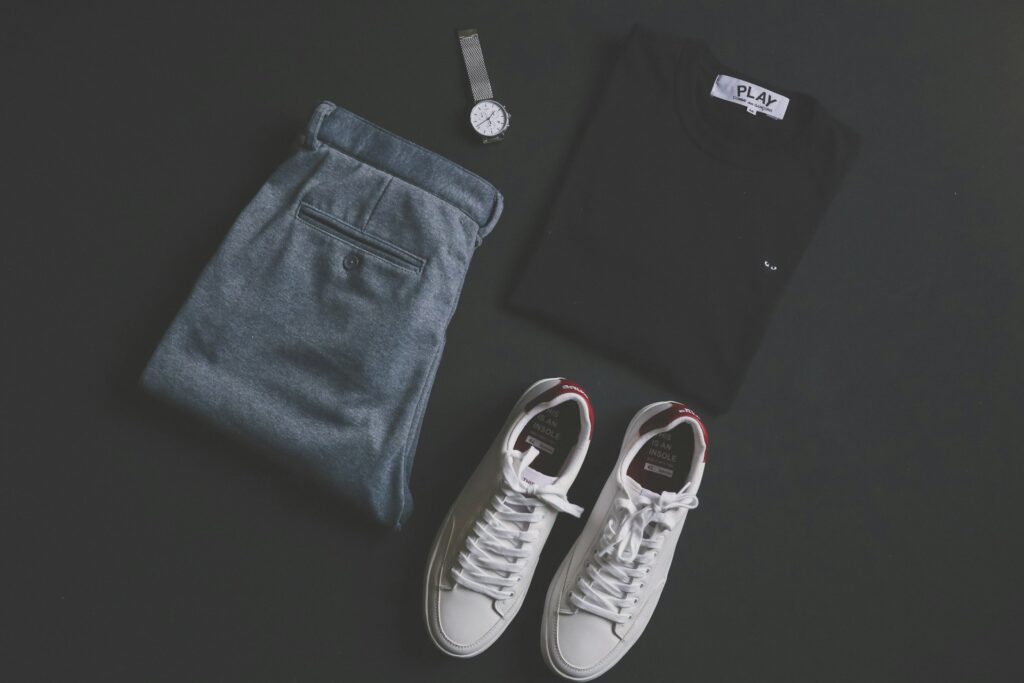
Tips for how to effectively describe a characters’ clothes
- Make it matter: Make sure your descriptions reveal something about the character, whether that be a personality trade, social or economic status, or their cultural background.
- Illustrate change: Highlight a change in your character, whether that be something external or a internal, emotional change.
- Create uniqueness: In the case of a protagonist, especially, the way they dress can make them unique. It can contrast them with other characters.
- Set something up: Describing a character’s clothes can be used for foreshadowing a future plot point.
- Be selective: You don’t need to describe a whole outfit. Instead, you can focus on one or two distinct pieces, items that have significance, clothing that affects movement or action, or elements that reflect the character’s state of mind.
- Don’t info-dump: You should try to seamlessly weave descriptions into the narrative. Describe actions and interactions, use sensory language, have other characters react, or let clothing be a part of a scene’s atmosphere.
Common pitfalls to avoid
There is a fine line to tow when describing a character’s clothes in a way that is effective. And essentially, the pitfalls happen on either side of that line. You will either over-describe or under-describe. So what does that mean?
Over-description
- Listing every item of clothing, regardless or relevance or usefulness.
- Describing outfits for every scene. We rarely need to know what all characters are wearing at all times.
- Including brand names unless relevant. Sometimes, a character’s brand loyalty might be important to the plot, but if it’s not, it’s unnecessary, and potentially alienating to readers.
- Getting too technical with fashion terminology. Most readers won’t be au fait with the specifics, so make sure you write in a way that most readers can follow.
- Focusing on clothes at the expense of action. Nothing will bring an action scene to a screeching halt faster than a detail dump.
Under-description
- Don’t ignore clothing when it would be significant. If a character has undergone a significant personal change, then it would make sense to describe how that might also affect how they look on the outside.
- Don’t miss opportunities for characterisation. A lot of a character’s personality can shine through their clothes, so if you’re telling the kind of story where that could be relevant, make sure you don’t miss those opportunities.
- Don’t forget period-appropriate details in historical fiction. Research and authenticity are essential in certain genres, and clothing can go a long way to setting the scene.
- Don’t overlook clothing that affects movement or action. The clothing a character wears can hugely affect the believability of a scene. If a character has just stepped out of a coronation and is dripping with heavy jewellery, it wouldn’t make sense for them to go for a leisurely swim.
- Don’t skip descriptions that could build atmosphere. If it’s cold and dark, make sure your characters fit into that setting. Or you can use it to contrast your character and invert expectations (like a character who only ever wears shorts, even in winter).
When in doubt, ask these questions:
- Does this detail reveal character?
- Will it matter later in the story?
- Does it help readers understand the world?
- Is it necessary for visualisation?
- Could the scene work without it?
Like all descriptions, clothing is a tool that you can use. Describe clothing when it serves your story and skip it when it doesn’t. The key is to make every detail count, whether you’re describing a ball gown or a worn-out pair of sneakers.
The bottom line is that you must trust your instincts and your readers. They don’t need a detailed inventory of every character’s wardrobe, but they do appreciate thoughtful details that enhance their understanding of your characters and story. When in doubt, less is often more, but make the descriptions you do include count.

